RV TV
While most people go camping to experience the great outdoors, sometimes having a quiet night in, catching up on your favorite show is the best way to end the day. Or maybe it’s just too hot outside to bear the sun and sweat and the kids need an indoor distraction. With an RV TV,
you get a whole new world of entertainment while you’re on vacation. There’s more to owning an RV TV than simply enjoying it, though. In the world of RVing, purchasing the TV is just the beginning.
Benefits
Part of RVing is being prepared for any situation or scenario. Stuck in a rainstorm? Make sure everything is inside and keep your roof and siding up to date and maintained. Get a flat tire? Keep a spare and tools on hand just in case. Camp somewhere but discover that going outside for the entire day is like walking into an oven? Stay inside for part of the day and entertain yourself with your RV TV.
These TVs don’t just entertain you, though. They also help to entertain young children while you’re cooking up dinner or when you need a way to wind down after a long day of hiking and other activities . RV TVs are also multifunctional. You can use it to watch movies and shows, to hook up to your computer and get work done, to act as a gaming station when hooked up to a console, and to play music through.
They also work to add ambiance to your RV. When you invite guests over or when you’re creating a relaxing environment, adding a TV to your living area makes your RV feel more like home. It becomes a place where people can gather around and hang out, adding a sense of style and comfort.
Including a TV in your RV can also increase your safety, allowing you to stay on top of the weather, giving you the necessary time to decide whether to wait out a storm or to pack up and go. Finally, your TV can act as a port for information, from the news station to your favorite sporting team, to an educational TV channel. With all of the benefits of including a TV in your RV, it’s easy to see why so many people choose to do so.
RV TV Basics
With putting a TV into your rig, you can’t just pick any old household TV. While they may work great for a stationary home, they are not designed to withstand the vibration and bumps that an RV is subjected to when it moves or the variations in temperature and humidity that comes with moving locations. Because of this difference, it’s important to research your TV well so that you get one that can stand up to the challenges of RV life and travel.
You also will need to look at the power options for your TV, as most RVs run off of 12-volt batteries. If you are connected to shore power and have 120-volt outlets, then you can plug your TV into the outlets. This would mean, however, that you can only use your TV when plugged into shore power or when using the power from our generator or inverter.
When looking into the type of RV TV, you’ll also have choices between a few different types, each of which has its own pros and cons. LCD TVs are generally thicker and bulkier to put in place, LED TVs are thinner, more efficient, and higher quality but more expensive. Most RV TVs are smaller than those that go into stationary homes, however, this size generally fits well in RVs, as the viewing distance is smaller and the size available is smaller.
When you’re buying your RV TV, you also have to pay attention to the size, ports and connections, color and picture quality, and power. The most important consideration is the size. You only have so much room in your RV, however, you still need to be able to see the screen. Because of this, keep an eye on the measurements available while shopping for your TV. As for the ports and connections, you should have an idea of what will be hooked up to the TV. Will you need HDMI ports? USB ports? Or how about SD card ports or VGA adapters?
If you’re unsure of the ports you’ll need on your TV, find out what you will be u sing (gaming consoles, your laptop, etc) and look at the cords that will connect to your TV. While choosing an RV TV with great picture quality can be tricky, you can look for one with 1080p for the best picture. For the power, make sure that you pick a TV that is compatible with the power system that runs through your camper. Finally, make sure the TV and your mounting hardware line up.
If your TV is heavier than your mounting hardware, your TV can fall from the wall and cause damage. If your mounting hardware is too heavy-duty, it can take up extra room that you could use for something else.
RV TV Mounts
In order to properly mount your TV in your RV, you’ll need to know where the studs are, what the wall is made of, and how large the studs are. Mounting the TV on a thin wall with no stud behind it could cause the mount to fall and damage the TV. Once you know where you’ll be mounting your TV, you’ll need to know the size and weight of the TV as well as whether you’ll want it to tilt, swivel, or move at all.
If you have an older TV in your RV and are making an upgrade, you will likely have to upgrade the mounting hardware as well, as the older brackets often lack the hardware to handle flat-panel TVs. Among modern RV TV mounts, there are five main types.
Flat wall TV mounts (also called flush TV mounts) fix the TV against the wall as if it were a hanging picture. This style is great if you want an easy to install, low profile look that’s simple and stylish. Great for RVs, this look works with the limited space and keeps the TV snug against the wall or against a cabinet. There are a few disadvantages to this kind of RV TV mount, though.
First, it does not offer any kind of range of motion and you will not be able to move it once it is installed. Second, there are only about 1-2 inches of space between the wall and the TV, which is great for space but bad for moving around cords and cables (so make sure the wires are in place the first time).
Tilt mount TV mounts are similar to flat wall mounts but they offer the ability to tilt the TV up or down once installed. These tend to be more expensive than the flat wall TV mount, however, this tilting ability can be a lifesaver when the sun changes angles and glare appears on the screen. Because they allow for tilting, this kind of mount is perfect for mounting your TV above eye level, as many RV interiors are designed for. Most mounts tilt about 8-20 degrees.
Articulating RV TV mounts are one of the more popular motion enabled RV TV mounts. They fit snug against the wall and move out up to 30 inches and shift the TV from side to side, left and right. They are more expensive still, however, they allow the user to see the TV from virtually anywhere, as it requires very little space for securing it to the wall. Because of the added mechanics, however, it does not sit flush to the wall and will need to be restrained while in transit.
Full Motion RV TV mounts offer the most flexibility among TV wall mounts. You can tilt it, move it left and right, and even sometimes swivel the TV 360 degrees in a circle. With this amount of flexibility, you can view the TV from anywhere within eye shot, which is perfect for seeing the TV from different rooms when you have a limited area to mount the TV. Also called a retractable TV mount, tilt/swivel mount, and articulating mount.
With all of the options that this type of mount provides, it’s easy to see why it’s on the more expensive side. The disadvantage of this mounting type is that it does not sit flush to the wall and will need to be tied down while in transit.
Under Cabinet RV TV mounts allow you to mount a small TV underneath a cabinet, whether in your kitchen, bedroom, or other space. These are great for smaller flat panel TVs around 10-24 inches. Many of these mounts can be rotated or tilted, however, they do not support larger TVs and can be difficult to work cables in.
When you attach the TV mount to your wall or cabinet, it’s best to test out the mount before adding the TV to it. Test it to see whether it is secure and will hold a weight similar to that of the TV. Also, keep the cords hidden, either in a racetrack covering or within the RV’s walls, to prevent children or pets from pulling them down and damaging the cords or the TV or TV mount.
TV Reception
While it is completely possible to only watch movies and shows without TV reception, sometimes this reception is necessary. Whether you’re looking for local news, are wanting to see a show that’s not online, or don’t have access to the other types of movie or show streaming, having reception for your TV can make or break your experience.
While there are many RV parks that offer their guests cable TV hookups, this may increase your cost of staying there. Relying on cable also means, however, that you cannot watch your shows on the road. If you want to pick up a local television station and get caught up on local news and events, then an RV TV antenna would be a good choice.
If you’re looking for a way to get a decent picture, use a free internet source to find out what stations are nearby and point your antenna in that direction. If you want to be able to watch TV wherever you are, then a satellite is a good option. While an investment, a subscription to a satellite TV service allows you to watch TV even while on the road.
Tips
With all the different pieces of owning an RV TV, it can be difficult to know if you’ve thought of everything. To help you be as prepared as possible, check out our list of RV TV tips!
Not every TV is built for the RV life, so make sure to do plenty of research before buying.
If you have multiple consoles or players that use an HDMI cable but you only have one HDMI port on your TV, you can use an HDMI splitter. This way, you can have everything connected and not have to fuss about switching them out later.
If your TV doesn’t have the best sound quality, consider adding external speakers. This will enhance the sound quality and give you a better viewing experience.
Before you buy the TV, make sure you know everything you will be wanting to plug into it, whether it be gaming consoles, a DVD player, or more. This way, you will know overtly which ports and connectors you will need.
Most TVs are not sold with the mounting hardware, so you’ll have to find out the right kind for your TV separately.
Most RV TVs don’t come with smart features built into them. If you want any of those features, you’ll need to connect a smart device to the HDMI port and connect it to the internet or to a WiFi hotspot.


 $41.95
$41.95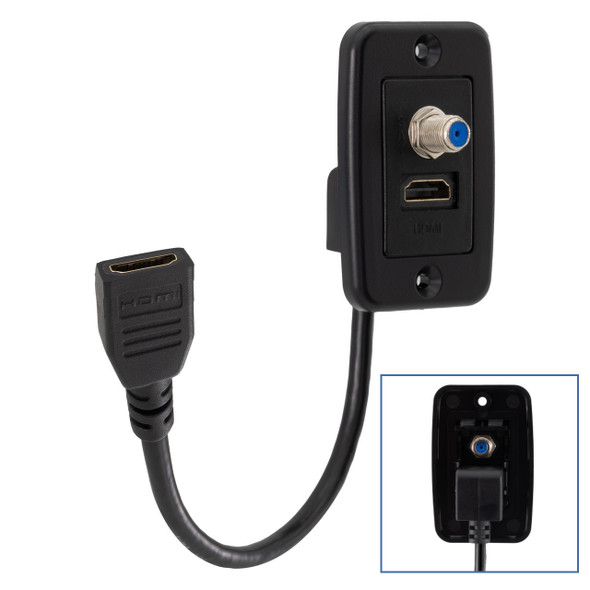

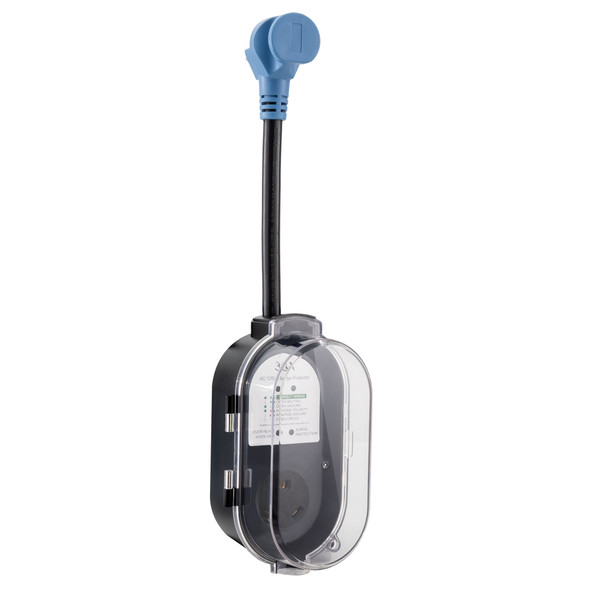
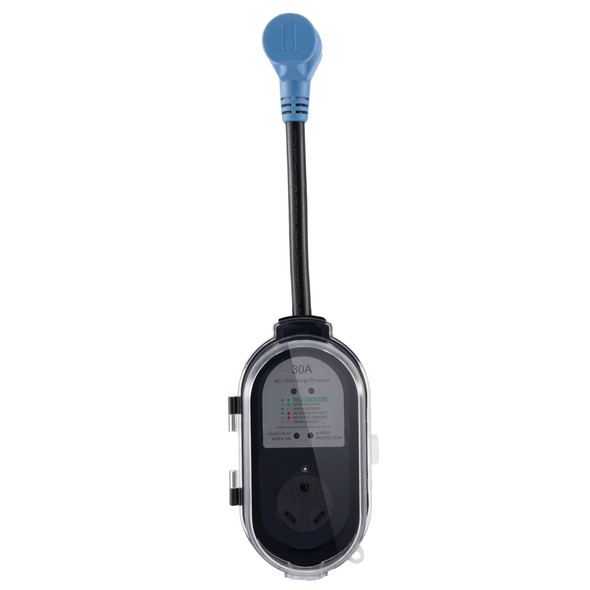
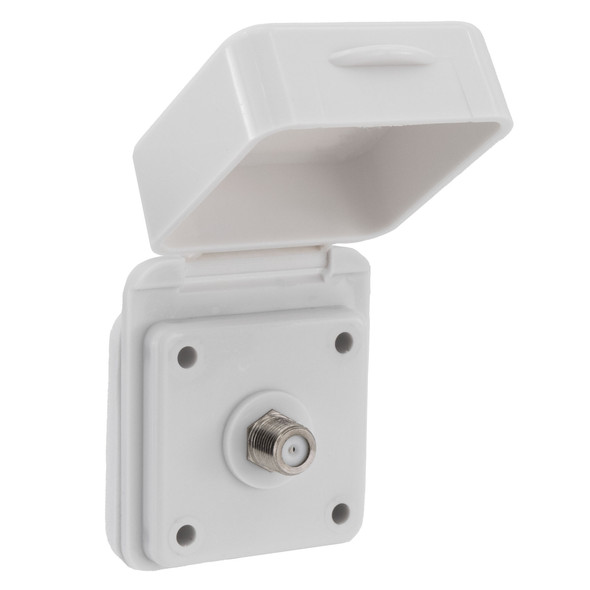
 $15.95
$15.95
 $599.95
$599.95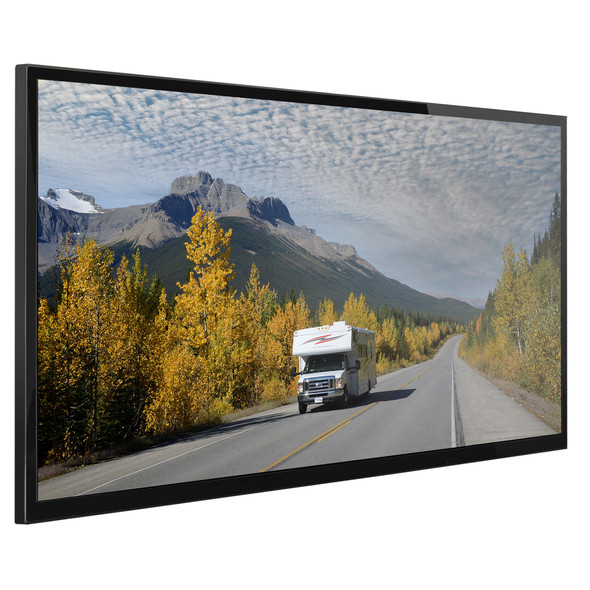
 $429.95
$429.95
 $439.95
$439.95

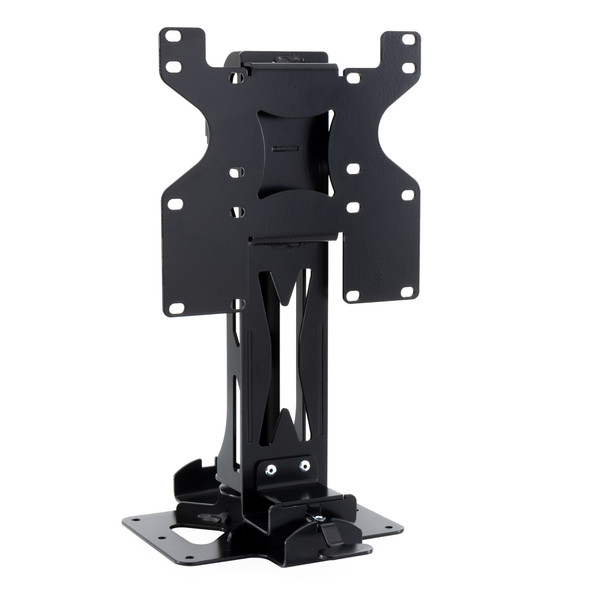
 $114.95
$114.95
 $10.95
$10.95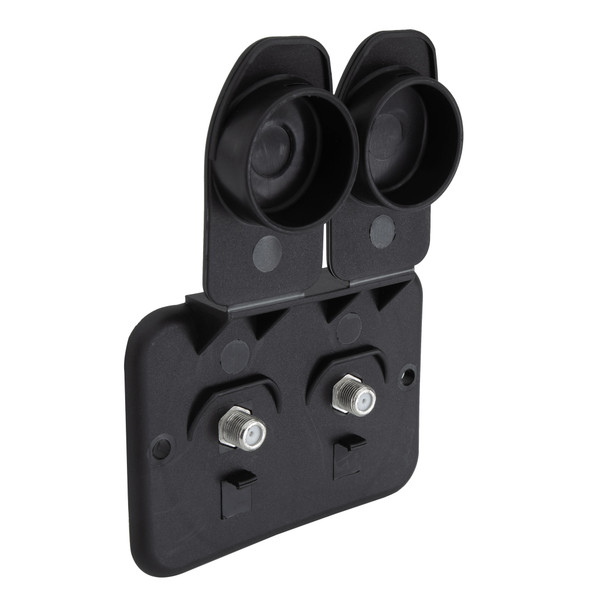
 $20.95
$20.95
 $10.95
$10.95
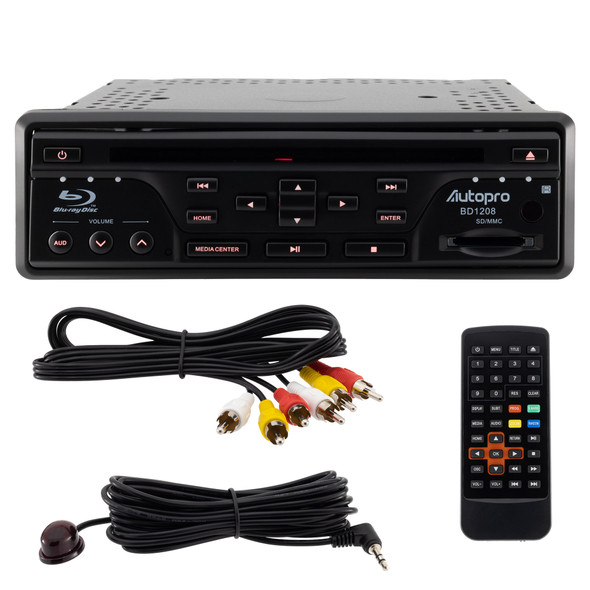 $309.95
$309.95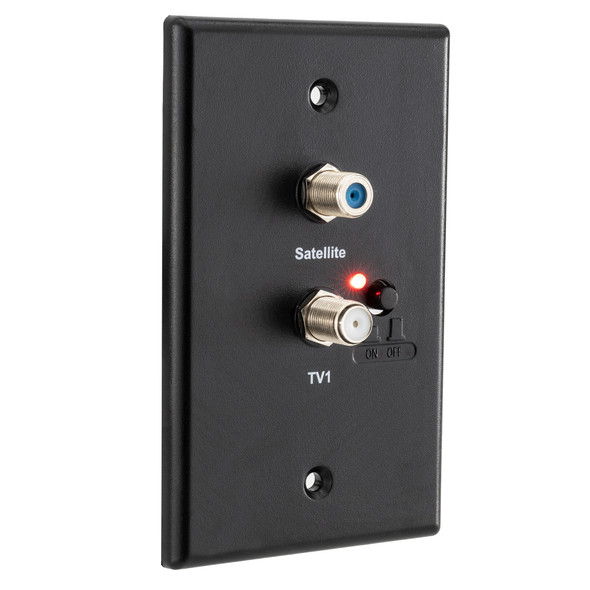
 $33.95
$33.95
